Junkyard Gem: 1976 Volvo 244 DL

Volvo did well enough selling the PV444/544, Amazon and 140 in the United States, but it was the Volvo 200 Series that really launched Göteborg iron into the American big time. Introduced here as a 1975 model, the 200 stayed in production for nearly two full decades and remains the most instantly recognizable Swedish car ever made. Here’s an early-production 244, found in a Denver-area car graveyard not long ago.
The 200 Series could be considered an update of the late-1960s-vintage 140 Series, since it’s essentially the same car from the A pillars back. The main difference between the two is the MacPherson strut front suspension in the 200 Series.
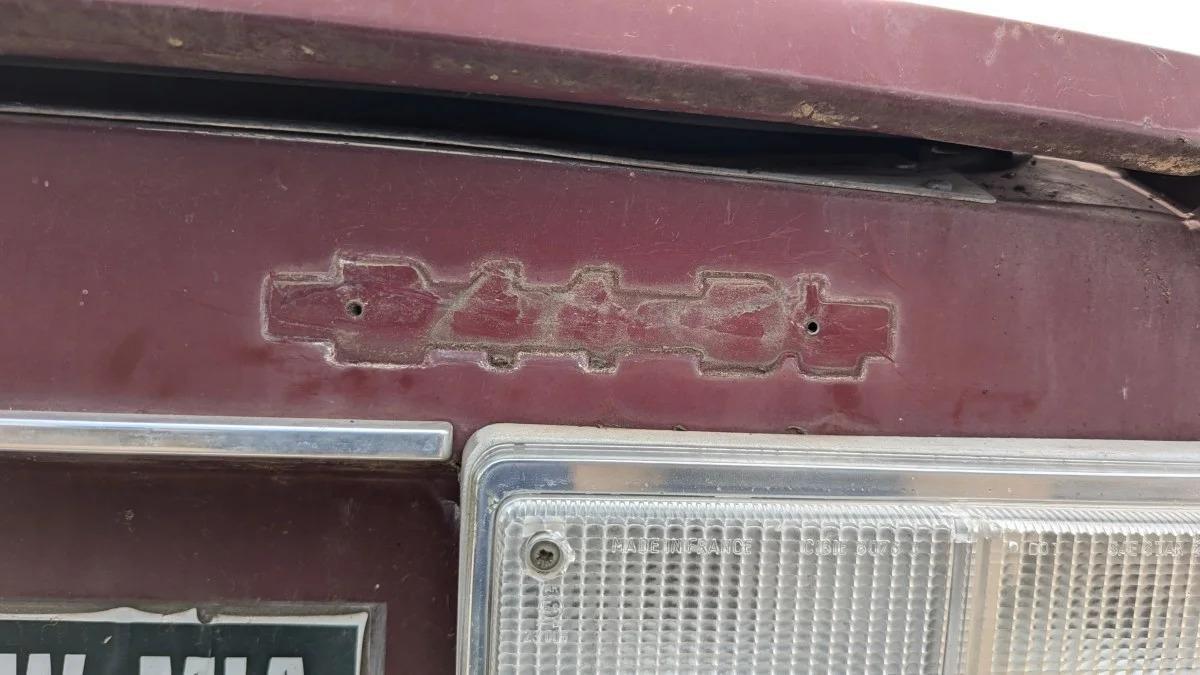
Volvo went through several naming systems for U.S.-market 200 Series cars over the decades, with the initial one being the easiest to decipher: a three-digit number followed by a two-character trim-level designation. The first digit in the number represents the series, the second represents the number of engine cylinders and the third the number of doors. There were six-cylinder 262s, 264s and 265s sold in the United States from 1976 through 1981, powered by the same PRV V6 engine that went into the DeLorean DMC-12, so it’s incorrect to refer to all 200 Series Volvos as 240s.
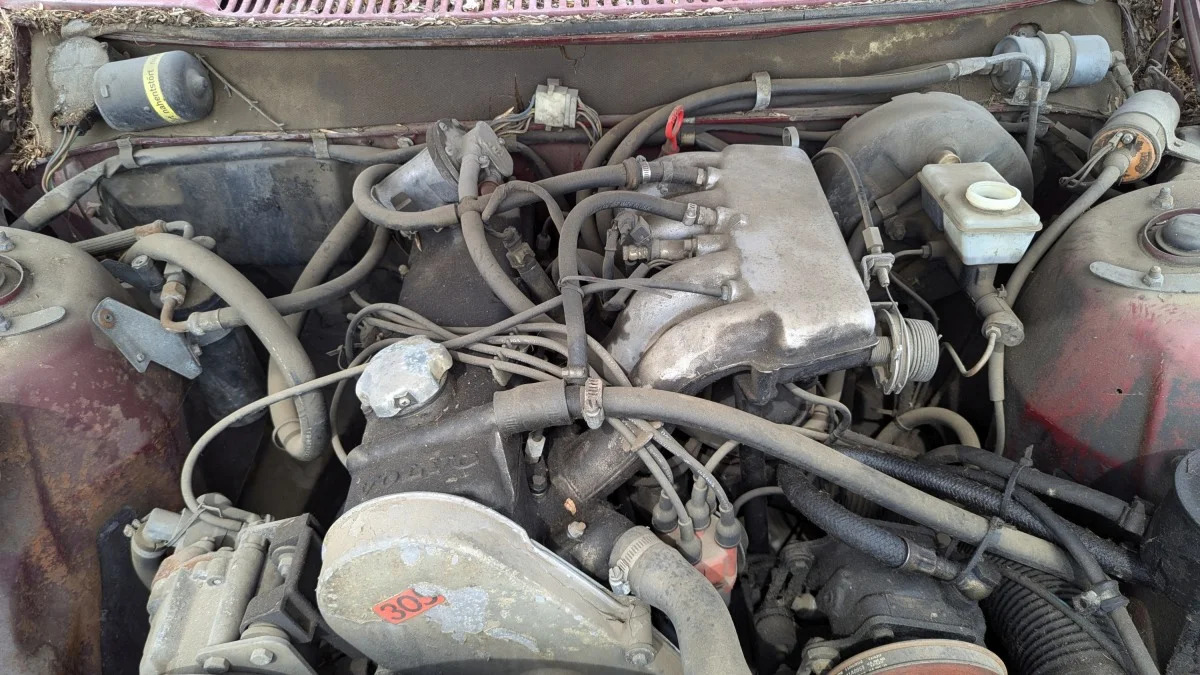
This car is the best-selling member of the 200 family, with a four-cylinder engine and four doors. This is a fuel-injected 2.1-liter SOHC straight-four, rated at 98 horsepower and 110 pound-feet; the 1975 240s received the 2.0-liter pushrod engine from the 140.
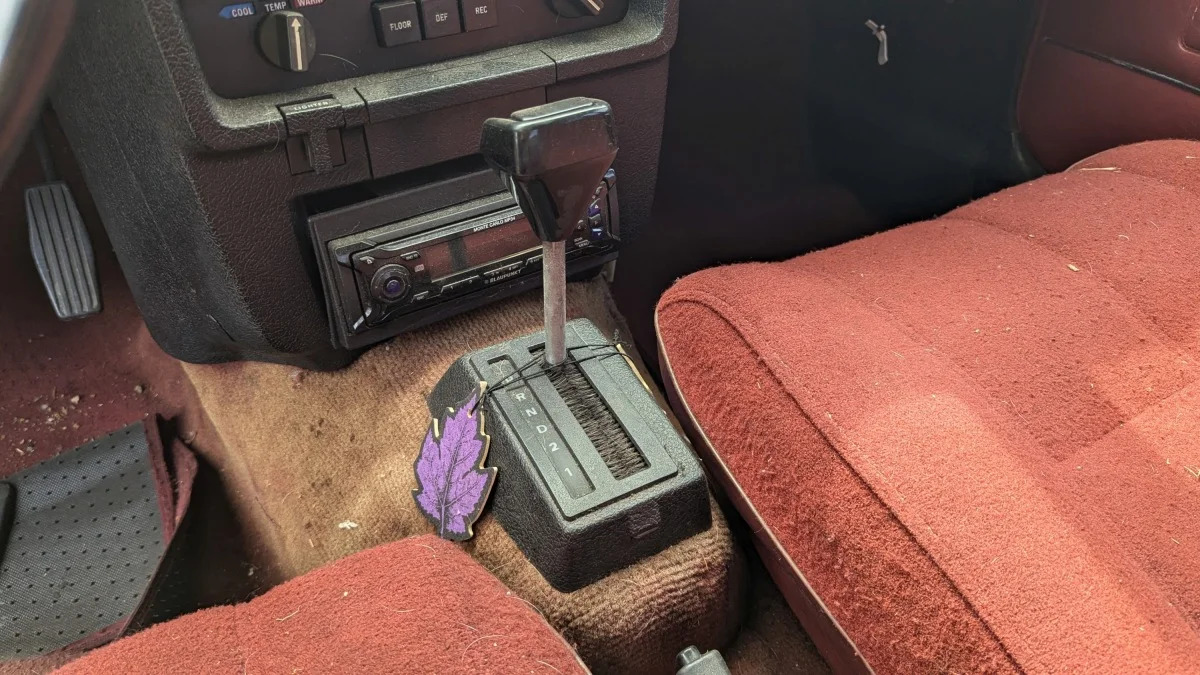
There were two transmissions available in the 1976 240s: a four-speed manual or a three-speed automatic. This car has the automatic.
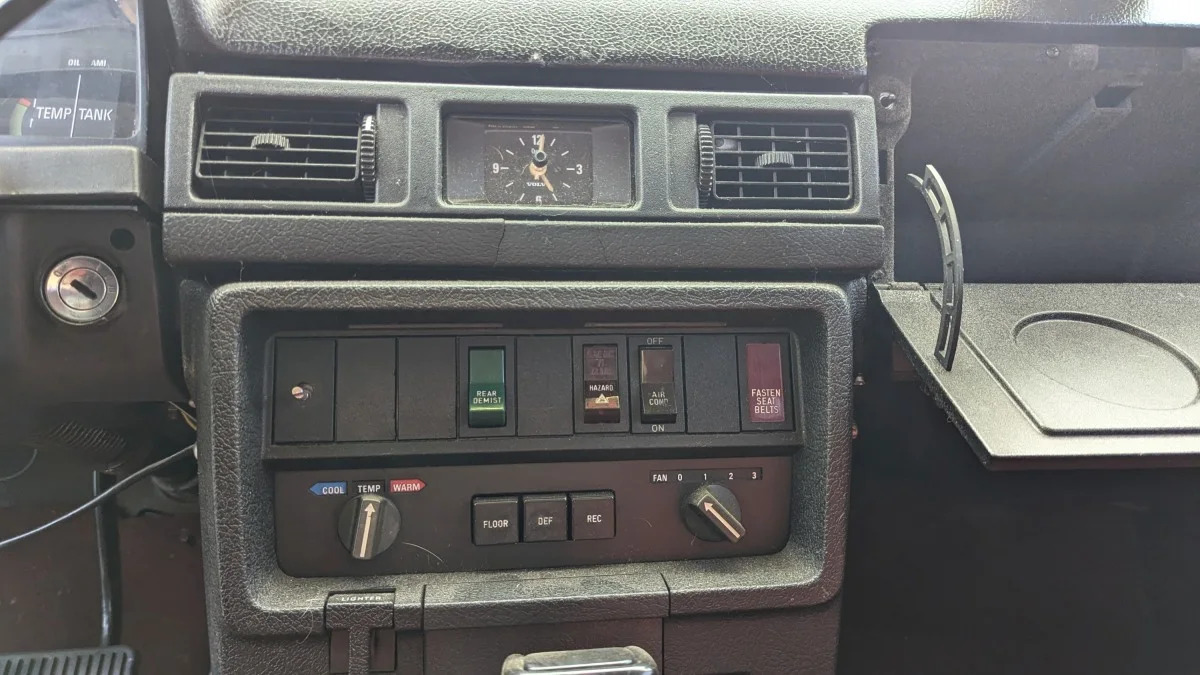
Even thought it’s a base DL model, this car’s first owner paid an extra $456 for air conditioning (about $2,580 in 2024 dollars), on top of the $500 premium for the automatic transmission ($2,829 after inflation). That pushed the cost for the car up to $7,551, or $42,717 in today’s money. You could get a swanky new 1976 Buick Electra Limited four-door hardtop for just $6,852, but those sensible Volvo buyers knew it was worth paying a premium for genuine Scandinavian safety and build quality.
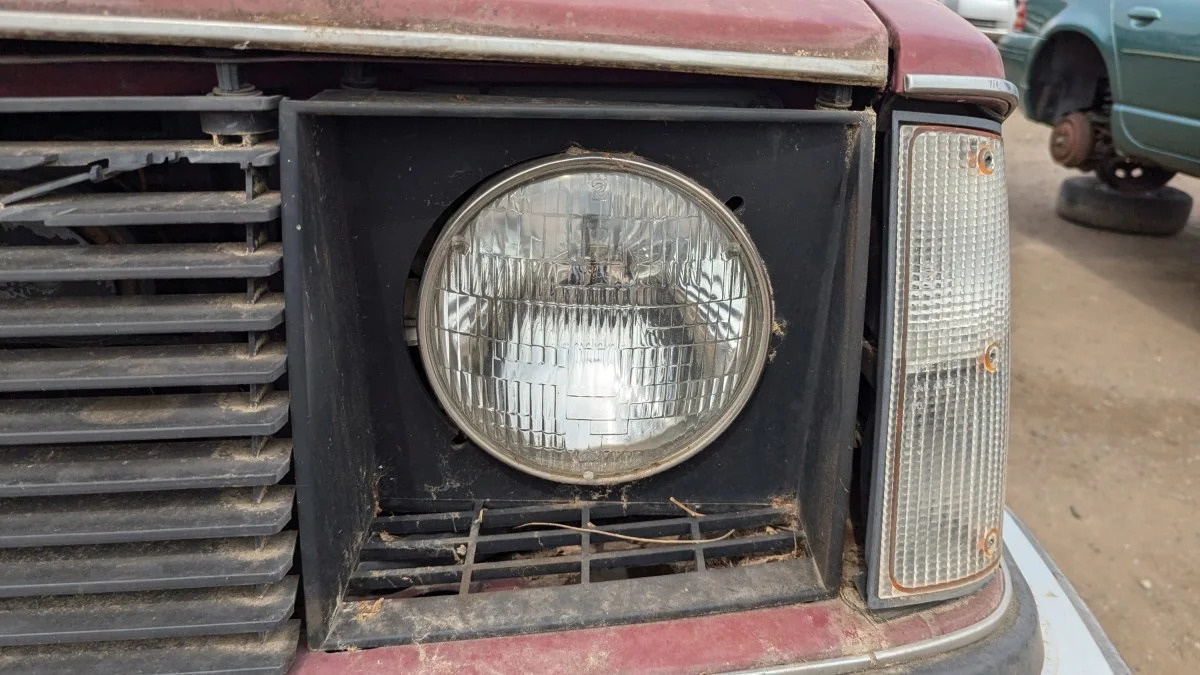
European-market headlights were strictly förbjuden on American roads during the early Malaise Era, according to federal safety regulations, so Volvo had to install these unsightly sealed-beam rigs on their cars here. A few years later, the U.S.-market 200 Series Volvos went to somewhat better-looking quad-rectangle sealed beams, finally getting modern composite headlights for the 1986 model year.
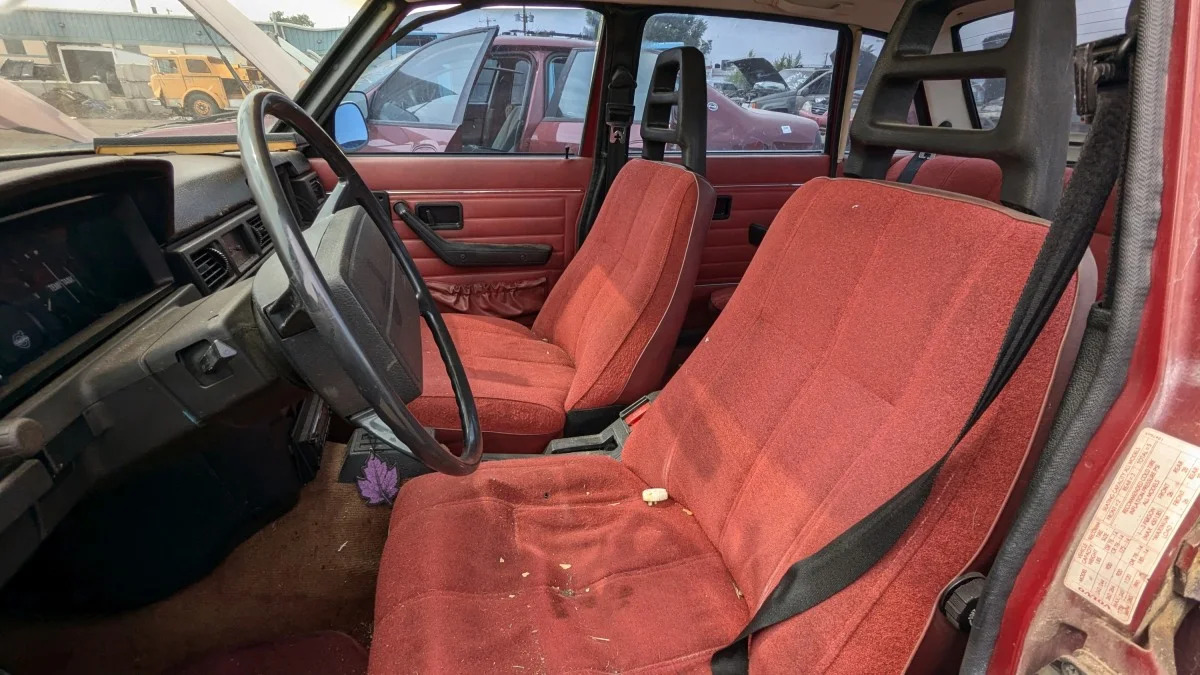
This car’s owner or owners took good care of it over its close-to-half-century life. The interior looks very good for its age.
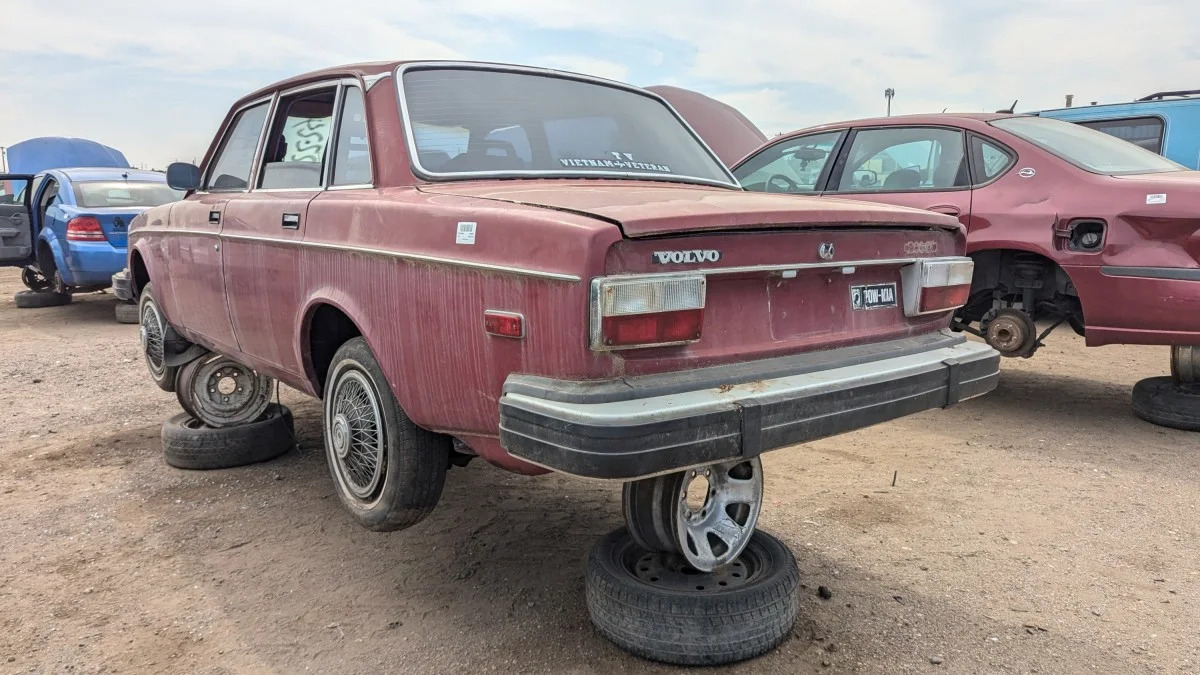
The paint is faded but there’s no rust-through anywhere.
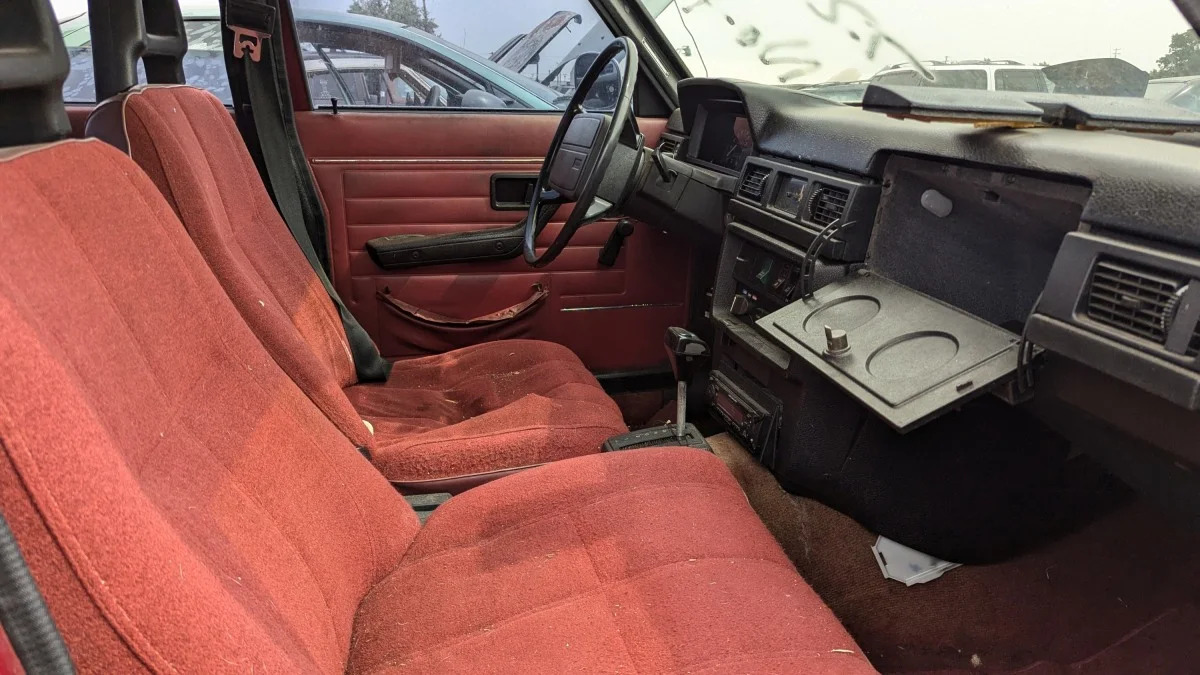
I still find plenty of 244s and 245s in Colorado and California junkyards, including quite a few well-loved machines with more than 300,000 miles on their odometers (and one with better than 600,000 miles). If you’re looking for a Volvo 200 Series project car and you don’t insist on a two-door, head west and you’ll have no problem finding a solid one that needs a forever home.
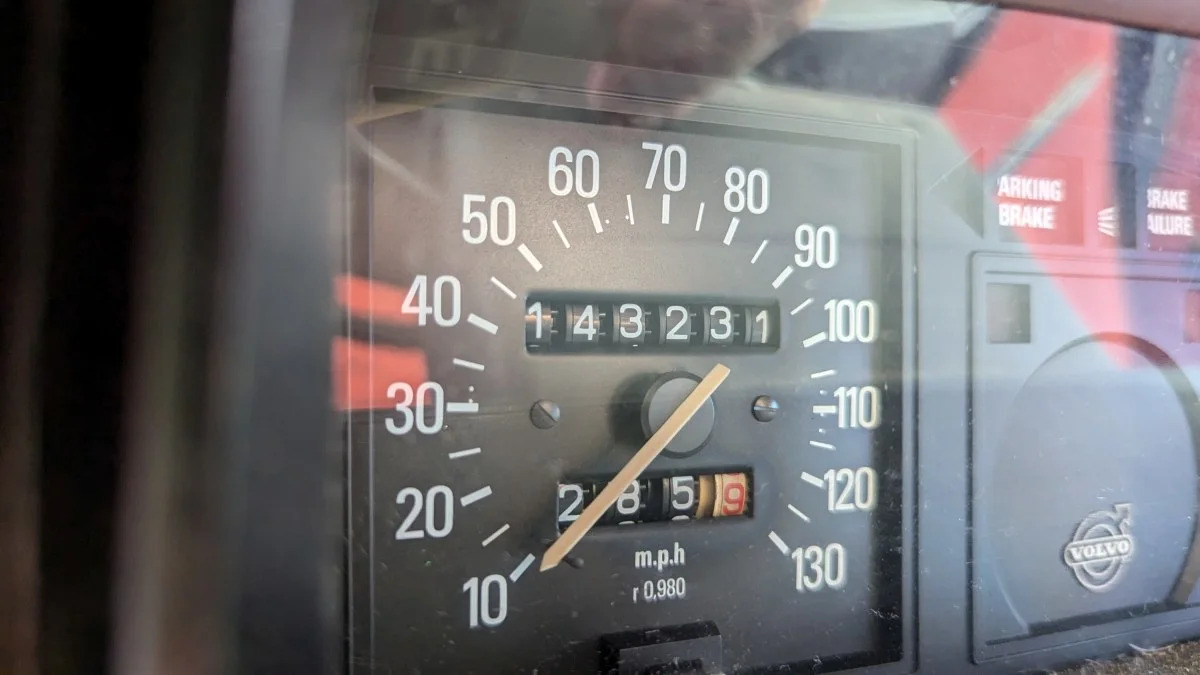
This car didn’t break any mileage records during its life, unless the speedometer cable broke decades ago and it really drove a couple of million miles.
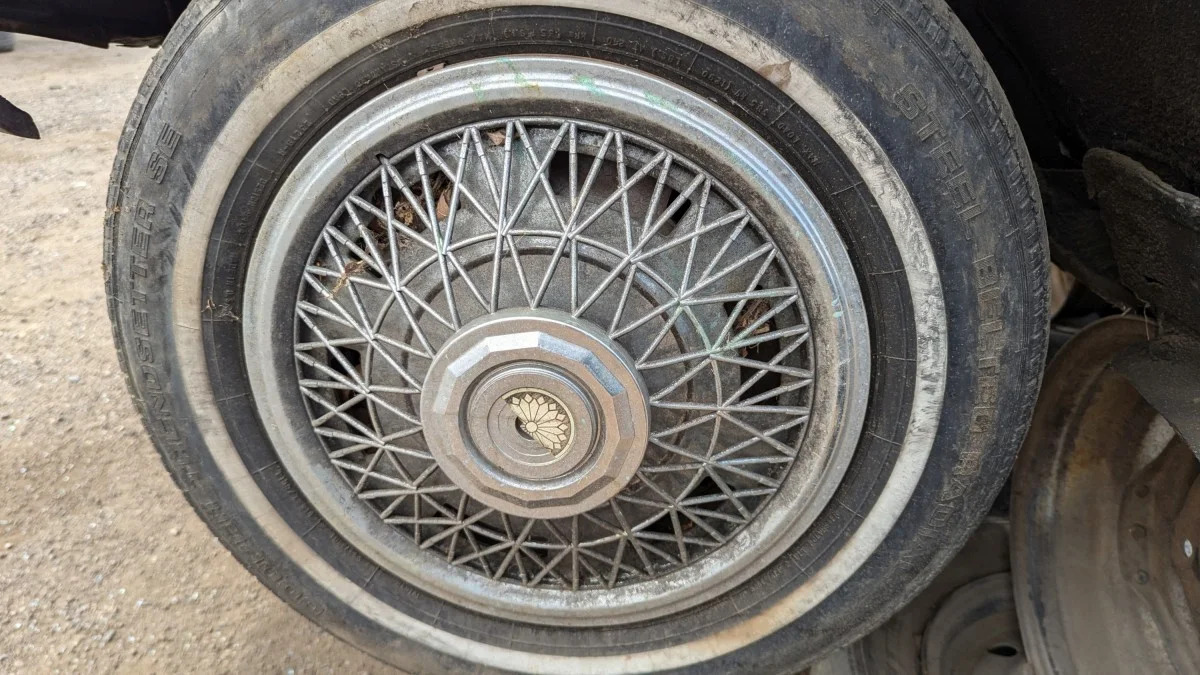
This is the first Volvo I’ve seen with “wire wheel” hubcaps.
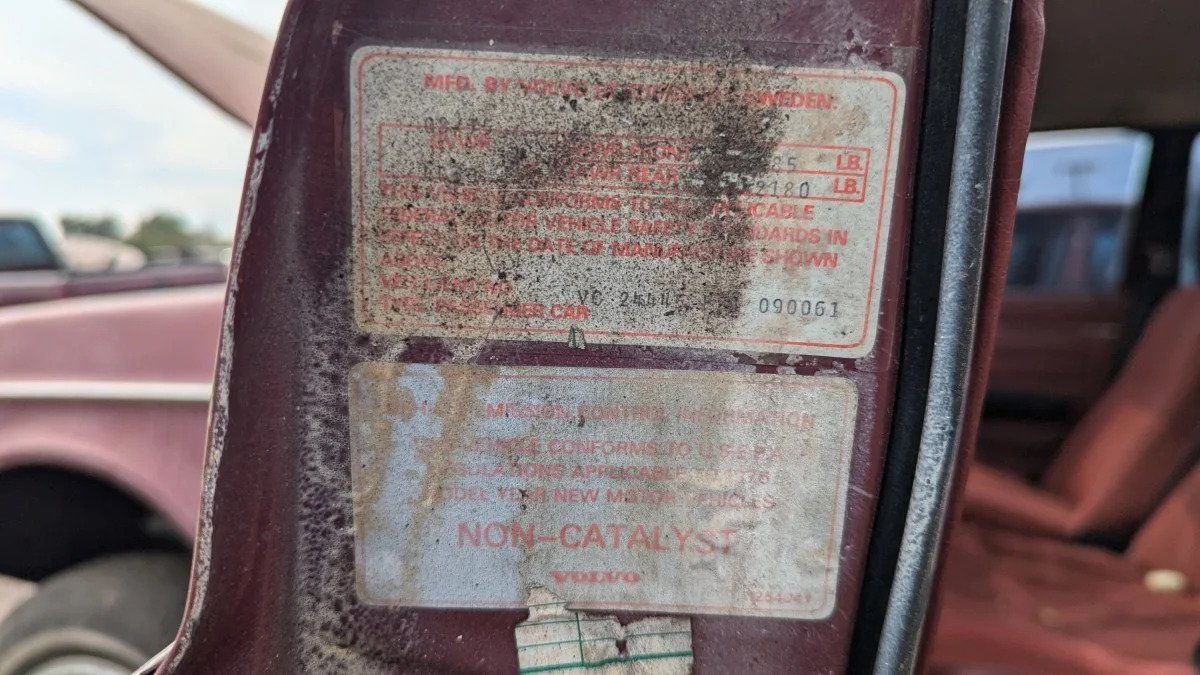
No catalytic converter, so it ran fine on Vitamin Pb-fortified gas.
So many sensibly Swedish features, for people who think. 87% of Volvo buyers are college-educated … the other 13% are just plain smart.







